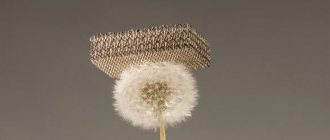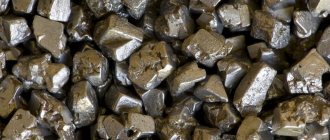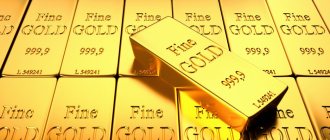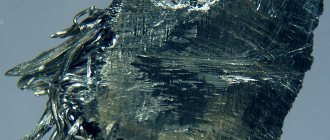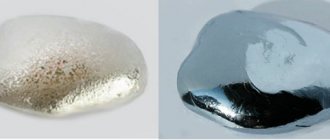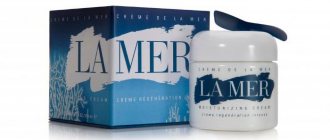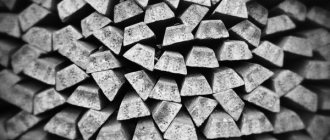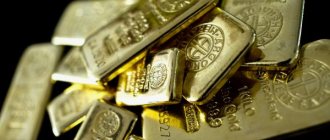Ruthenium $17 per gram
The metal is named after Russia (from the Late Latin word Ruthenia - Russia). This is also a hard and at the same time very brittle metal, the rarest of the platinum group. It is used in the manufacture of wires, contacts, electrodes, laboratory glassware, and jewelry. In Western Europe and Japan, more and more metal is used for the production of resistors and printed circuits in the electronics industry, as well as for the production of chlorine and various alkalis. This metal comes entirely from South Africa.
Areas of use
Electrical engineering
The unique properties of noble metals make it possible to protect electrical contacts from oxidation and burnout, which makes them reliable and trouble-free when used in electrical engineering. Alloys of many precious metals are used in high-precision instruments and electronics. Silver salts (silver iodide, silver bromide, silver chloride) are used in the production of photosensitive elements. Solders made from these precious elements are used in the manufacture of critical electrical devices where strength and reliability are required.
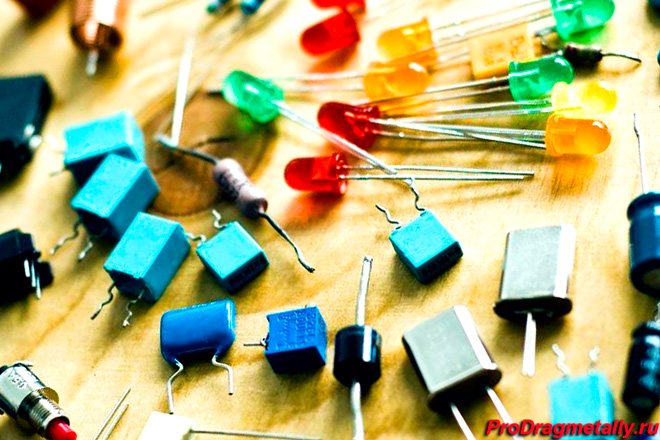
Many rare elements are used in the production of heating elements, thermocouples, etc.
Jewelry industry
All noble alloys are used by jewelers. They are used to make elegant earrings and beautiful rings, lovely bracelets and chains, crosses and cigarette cases, eyeglass frames and other products. By adding certain metals to alloys, jewelers manage to improve the performance properties of jewelry.
What are precious metals for jewelers? Jewelers value not only the beautiful shine and color of materials, but also the unique properties of precious metals. In particular, the fact that they almost do not react with the human body, as a result of which, in general, they do not cause allergies and skin diseases.
In addition, precious metals in the form of jewelry bring joy to their owners for a long time and are often inherited from generation to generation.
Chemistry
The properties of precious alloys, such as resistance to aggressive substances and catalytic abilities, make them indispensable in chemistry. They are used to make special equipment and utensils for alkalis and acids. Due to their unique catalytic properties, some of these elements are used in the production of various substances (gasoline, aromatics, etc.).
Automotive industry
Catalysts are manufactured for exhaust systems. Noble metals, which are used in the manufacture of automotive parts, can effectively neutralize harmful chemical compounds. For such purposes, rhodium, platinum and palladium are mainly used.
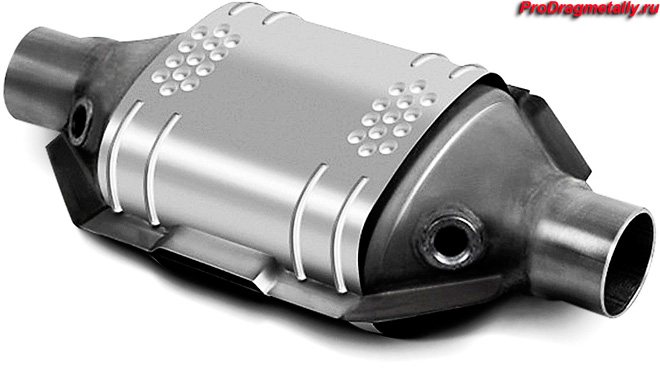
Medicine
Noble metals are used in the production of surgical and other instruments and various parts for equipment. Some metals are also used in dentistry to make dentures. Many compounds of these precious elements are included in the composition of drugs, which can be clarified in the reference book of drugs.
Space
Precious alloys are necessary for the construction of spacecraft, since only they can ensure their reliability and reliability, and they are also able to cope with various overloads.
Glass industry
Precious materials are also used in the glass industry, in particular, they are used to make containers for glass melting. They are used in mirrors for lasers.
There are many industries that currently use noble metals. Our ancestors mainly made money and jewelry from these metals, but today the areas of application of these materials are increasing every day.
Banking sector
Noble metals, in particular gold and silver, were used in ancient times to make money. Silver gradually lost its relevance.
Today, coins are still made from precious elements, and investment banking bullion is also poured from them. This allows people to invest their capital profitably, since regular currency is constantly depreciating, but bars and coins are always in value. Today, everyone can invest their savings in precious metals of the highest standard. In addition, today many financial organizations offer citizens to open special metal accounts.
Making investments in noble elements is very profitable, since in the long term, the owner can receive impressive profits. Metal accounts have one drawback - the lack of deposit insurance, which promises the bank client a big risk. In conclusion, here is a list of investment precious metals:
| Metal | Price, rub.) |
| Gold | 2303,3 |
| Silver | 31,55 |
| Platinum | 1715 |
| Palladium | 1467 |
Characteristics
Gold
It is the most valuable and most common precious metal mentioned in reference books. It comes in the form of nuggets, sand, ore impurities and combinations with other chemical elements (electrum).
Gold is characterized by unique properties that distinguish it from other elements. It has low resistance, so it has good electrical conductivity and great thermal conductivity. Gold is ductile and therefore amenable to all types of processing. It is dense (19.32 g/cm3) and because of this it is heavy. In terms of strength and resistance to aggressive substances, gold is inferior to many elements. In the periodic table, gold (Au) is located in 79th place. The metal is characterized by a yellow color, and the melting point is 1064C. This element can dissolve in nitric and perchloric acids.
Silver
It is a precious metal with a shiny white color. In the periodic table it is located in 47th place. Silver is mined from ore that contains less than 50% of the precious metal itself.
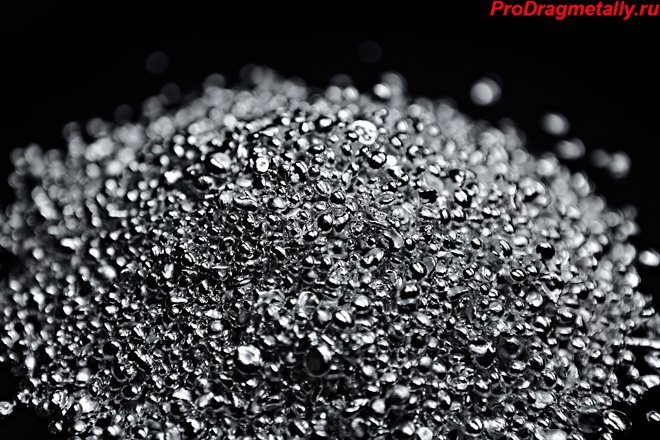
Silver (Ag) is soft (density 10.5 g/cm3) and ductile, therefore it is amenable to all types of processing, and it also gradually oxidizes in air.
Silver is exposed to aggressive substances, as a result of which it turns black. It has low electrical resistance, so it has good electrical and thermal conductivity. Silver also has good reflectivity. The melting point of silver is 961.9C.
Platinum
Platinum (Pt) ranks second in value. It is found as impurities in ores of other metals. They first learned about it at the time when Columbus discovered America. The process of obtaining it is labor-intensive and expensive. The main feature of platinum is its high resistance to aggressive substances, so it is not afraid of acids. Even during the heating process, it does not oxidize and does not change its natural white color.
In the periodic table, platinum ranks 78th. It has increased density (21.45 g/cm3), plasticity and increased refractoriness (melts at 1772C).
Detailed information about the precious metal can be obtained in a specialized reference book.
Palladium
According to reference books, palladium (Pd) is a light metal, its density is 12.02 g/m3. It is found as an impurity in copper and nickel ores, which makes it the most accessible among the other platinum group elements.
The main features of palladium are: ductility, corrosion resistance, and hydrogen absorption. Melting point 1552C. In the periodic table, palladium is located in 46th place. The metal can be processed and polished and retains its white color for a long time.
Rhodium
According to the majority, gold is the most expensive and noble metal. This is not true because there are even more expensive elements, such as Rhodium (Rh). Rhodium has a silver color with a blue tint. It is refractory (melts at 1960C). The price of a gram of rhodium ranges from $200 to $230, so it is used where other elements cannot cope with the task. The high price of rhodium is due to the fact that this element is very rare.

This metal has good resistance to aggressive substances. The density of rhodium is 12.42 g/m3, which is less than that of other elements of the platinum group. It is most often used to coat other materials to improve their performance characteristics, because rhodium has good reflectivity and is not afraid of water and acids. According to reference books, only alkaline mixtures of cyanide can dissolve rhodium.
Ruthenium
Ruthenium (Ru) was named after Russia because it was discovered there. Ruthenium is a rare element. The metal has high refractoriness (melts at 2950C), chemical resistance, hardness and other valuable characteristics. In addition, ruthenium has excellent catalytic properties. The main disadvantage is fragility.
In the periodic table, ruthenium is placed in 44th place. This metal is characterized by a white color with a silvery tint, so it is very similar to platinum.
Iridium
It is a dense heavy metal (22.42 g/m3). In addition, it has high hardness, which causes problems with its processing. Iridium is very rare in nature. It is very durable, but at the same time fragile.
In the periodic table, iridium (Ir) is placed at 77th place. The characteristic differences of iridium are its silver-white color with a gray tint and high refractoriness (melts at 2450C). Unaffected by aggressive substances.
Osmium
Osmium (Os) is the heaviest and most fragile element. It has a silver-white color and its density is 22.48 g/m3. In addition, osmium is hard and the most refractory (melts at 3047C), which are its main advantages. All this makes osmium a difficult material to process. In the periodic table, osmium occupies line 76.
This element is very rare and cannot be found in its pure form. Rarity is the main reason why osmium is so expensive, resulting in very little use of it. More information about rare metal can be found in the reference book.
